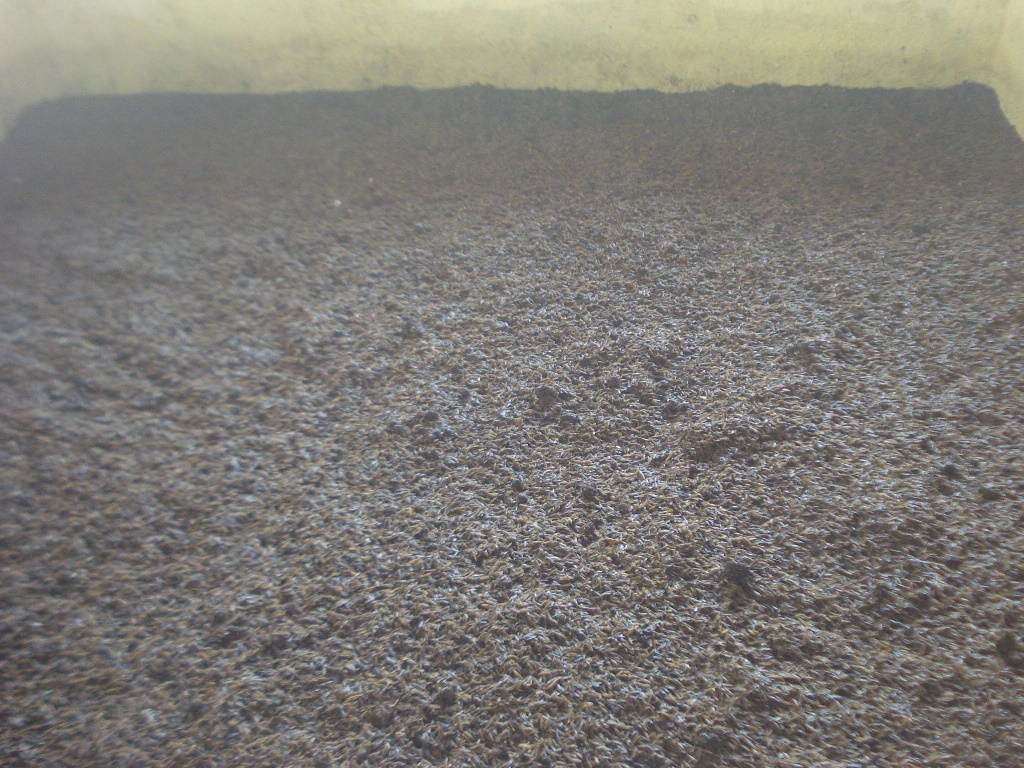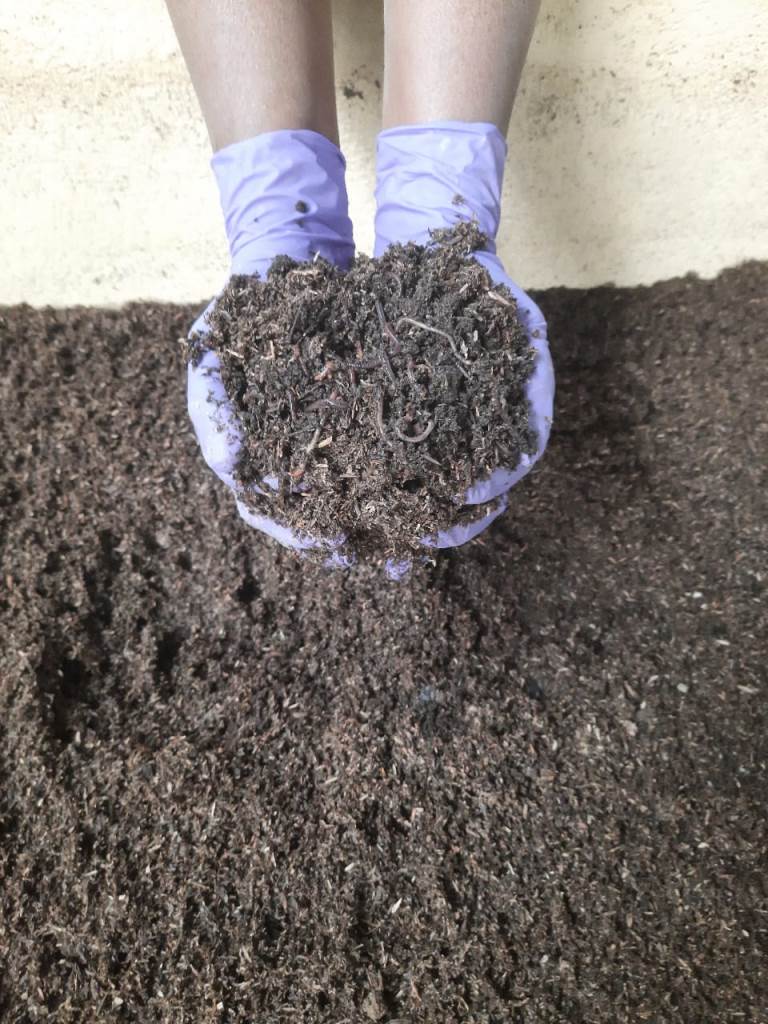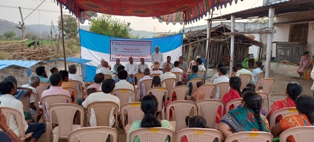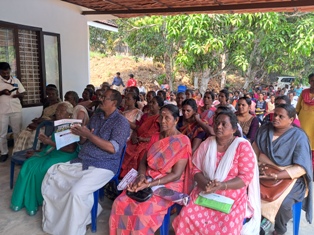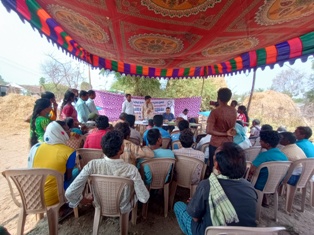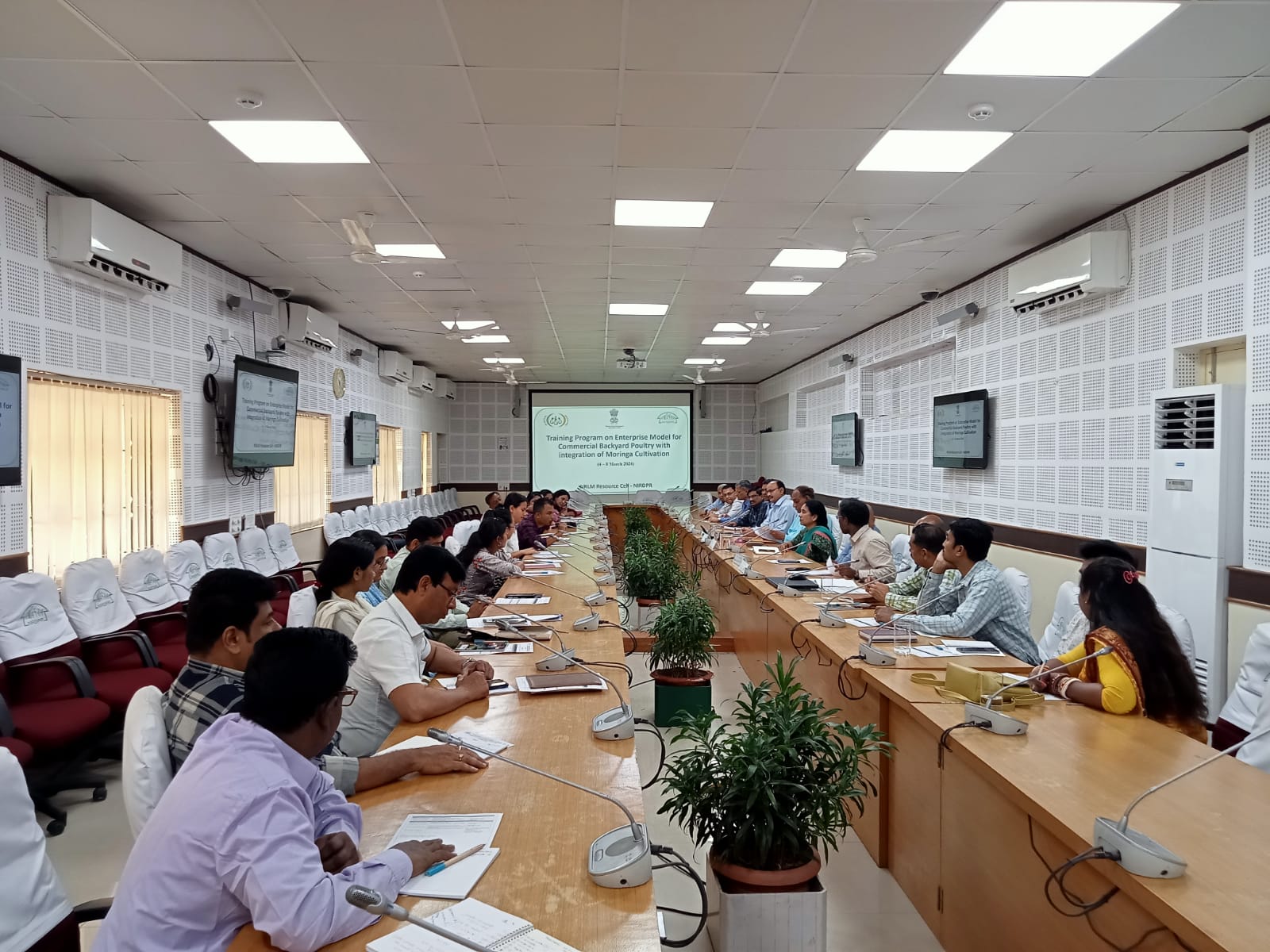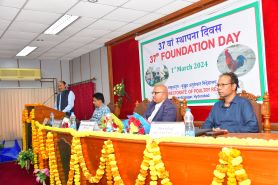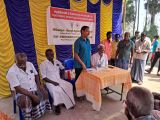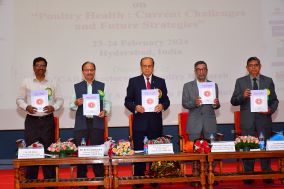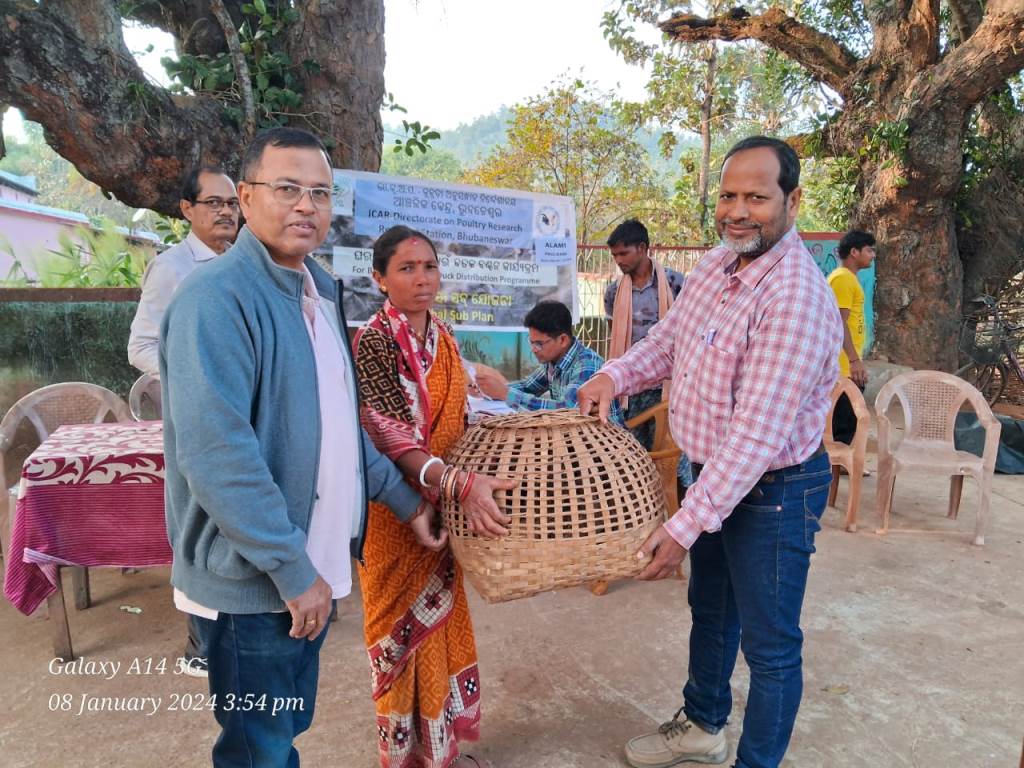Wealth out of Waste: "Poultry litter compost and vermicompost by incorporating rice hull" developed by ICAR-DPR and ICAR-CRIDA
One of the major issues the poultry industry is currently facing is the accumulation of a large amount of wastes, especially manure and litter, generated by intensive production, which is causing major environmental problems if disposed of in the field without any treatment. This problem can be solved by utilizing the litter for productive purposes by converting poultry litter (Waste) to vermicompost (Wealth). The poultry litter generated, could be successfully converted into compost by mixing with rice hulls in the proper ratio of carbon to nitrogen (C/N ratio) content present in the litter as well as in rice hulls. Finally, vermicompost was prepared from the compost by introducing earthworms into the pile of compost.
i) Vermicompost preparation with a C/N ratio of 35:1
The compost was prepared to have a C/N ratio of 35:1 by mixing poultry litter with rice hulls having Relative Humidity of 45%, pH 5.5 and Temperature 390C. 35 Kg of litter was mixed with 84 Kg of rice hulls. The humidity was maintained at around 45 to 50%. The rice hull was properly mixed with poultry litter. The temperature was changing due to the growth of the microbes inside the pile. The compost was ready on the 98th day. Once the compost was ready, earthworms were introduced into the pile of compost for converting it into vermicompost. The final product (vermicompost) was ready on the 116th day after the introduction of earthworms. The Relative Humidity was 50%, the pH was 5.5 and the Temperature was 250C on the 80th day.

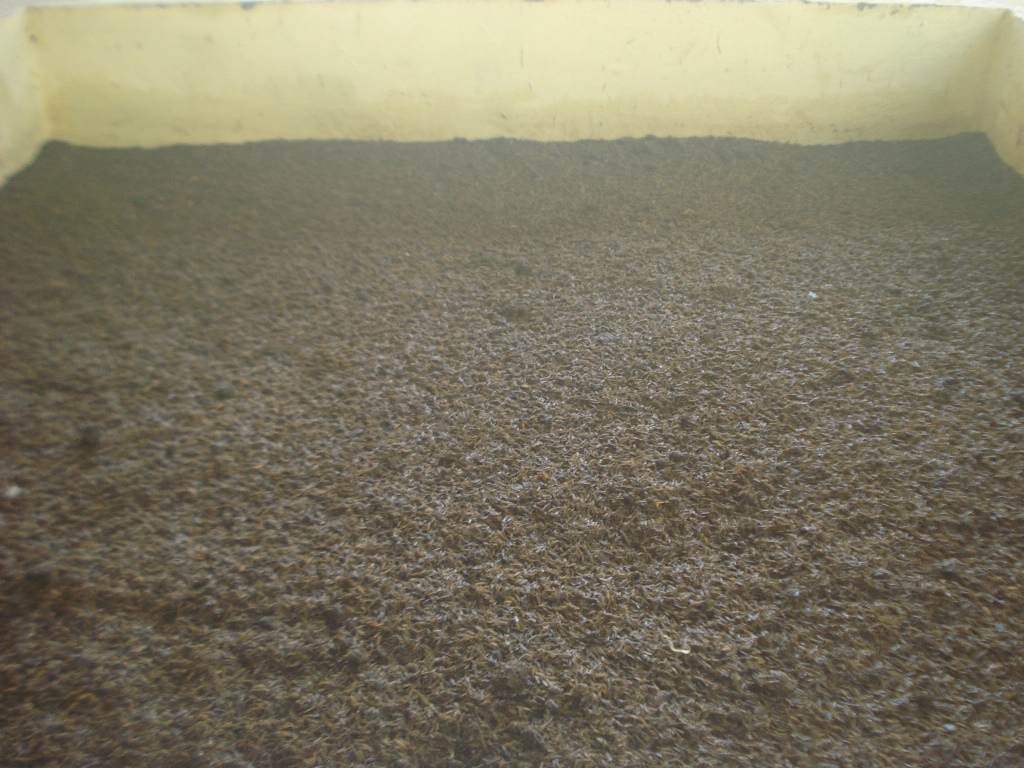
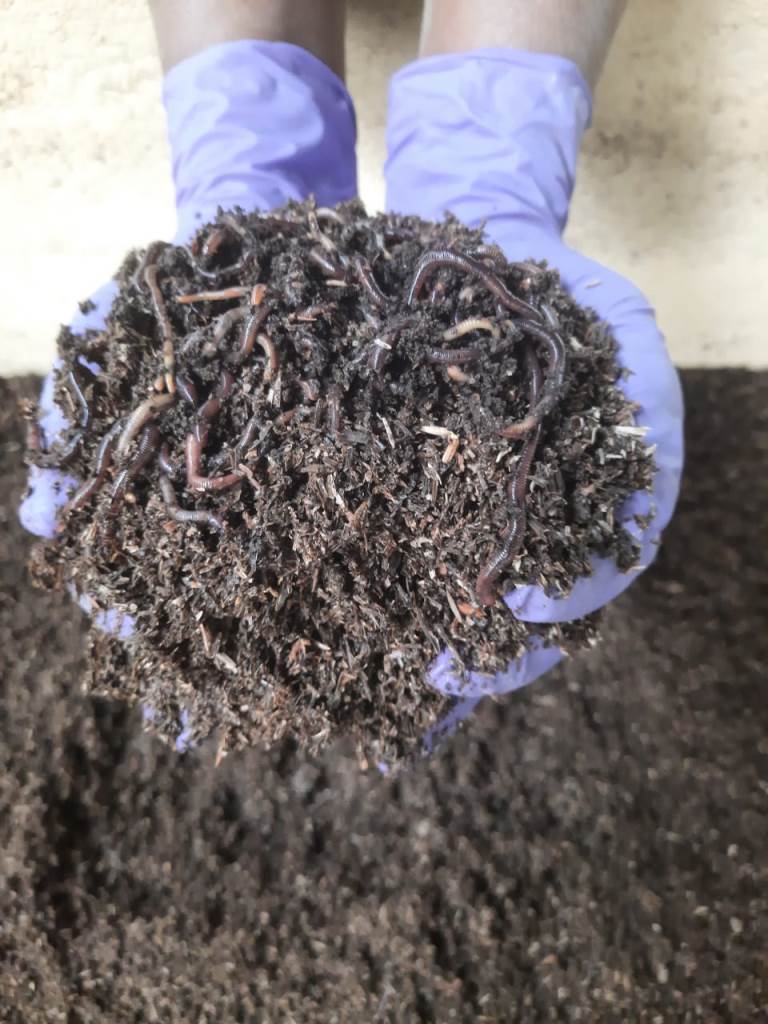
ii) Vermicompost preparation with a C/N ratio of 30:1
The compost was prepared to have a C/N ratio of 30:1 by mixing litter with rice hulls as a supplement having Relative Humidity of 47%, pH 5.5 and Temperature 400C. 51 Kg of litter was mixed with 84.15 Kg of rice hulls. The rice hull was properly mixed with poultry litter. With time, the temperature of the pile was kept on changing due to the growth of the microbes. The compost was ready on the 98th day. Once the compost was ready, earthworms were introduced into the pile of compost for converting it into vermicompost. The final product (vermicompost) was ready on the 116th day after the introduction of earthworms. The Relative Humidity was 50%, the pH was 5.5 and the Temperature of the pile was 240C on the final day.
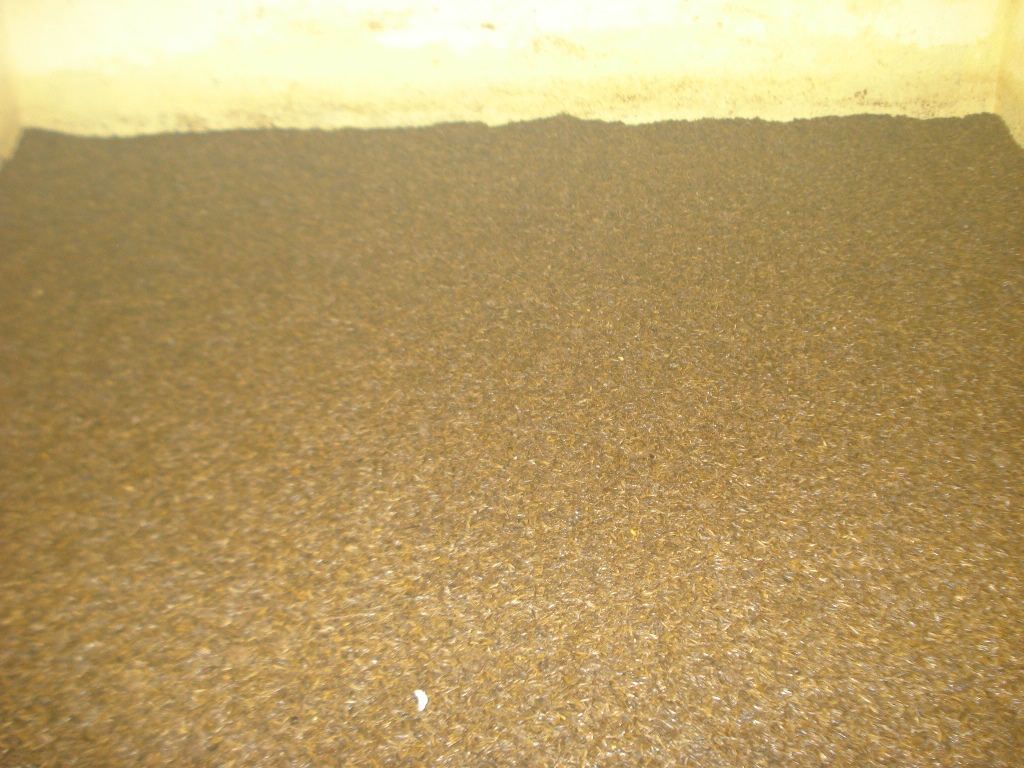
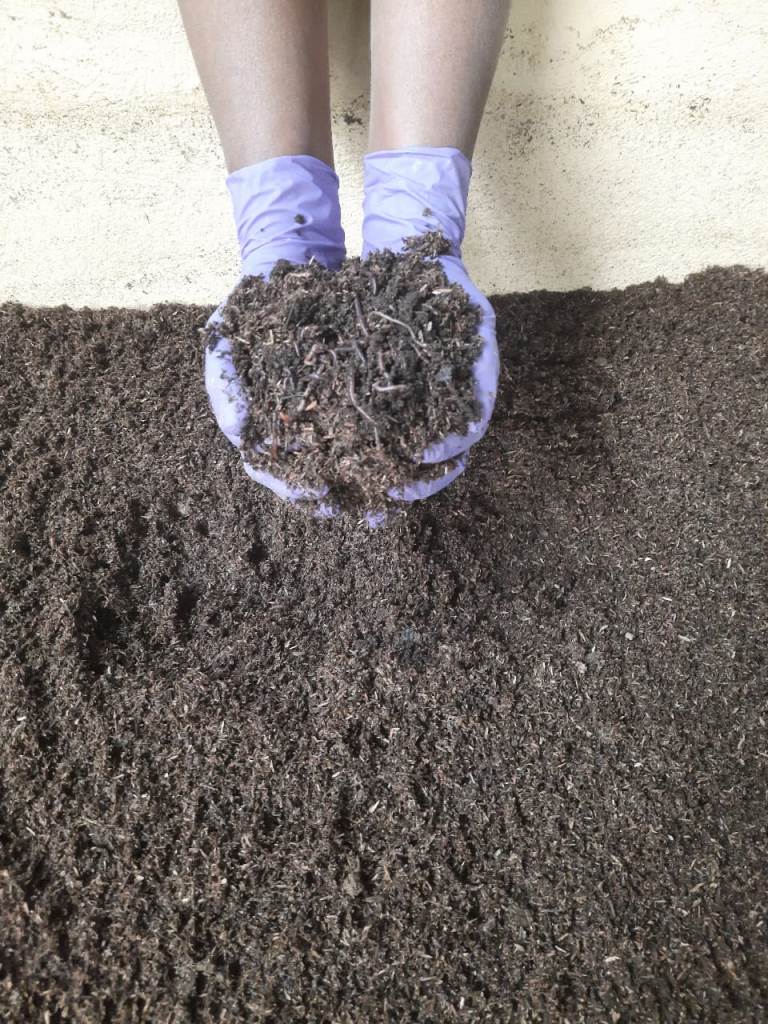
iii) Vermicompost preparation with a C/N ratio of 25:1
The compost was prepared to have a C/N ratio of 25:1 by mixing litter with rice hulls as a supplement having Relative Humidity 48%, pH 5.5 and Temperature 420C during initial days. The temperature kept on changing due to the multiplication of the microbes in the pile. For making compost 84 Kg of litter was mixed with 84 Kg of rice hulls. The compost was ready on the 98thday. After the compost was ready, earthworms were introduced into the pile for converting it into vermicompost. The final product (vermicompost) was ready on the 116th day after the introduction of earthworms. The Relative Humidity was 50%, pH was 5.5 and Temperature was 250C on the final day of vermicompost formation.
